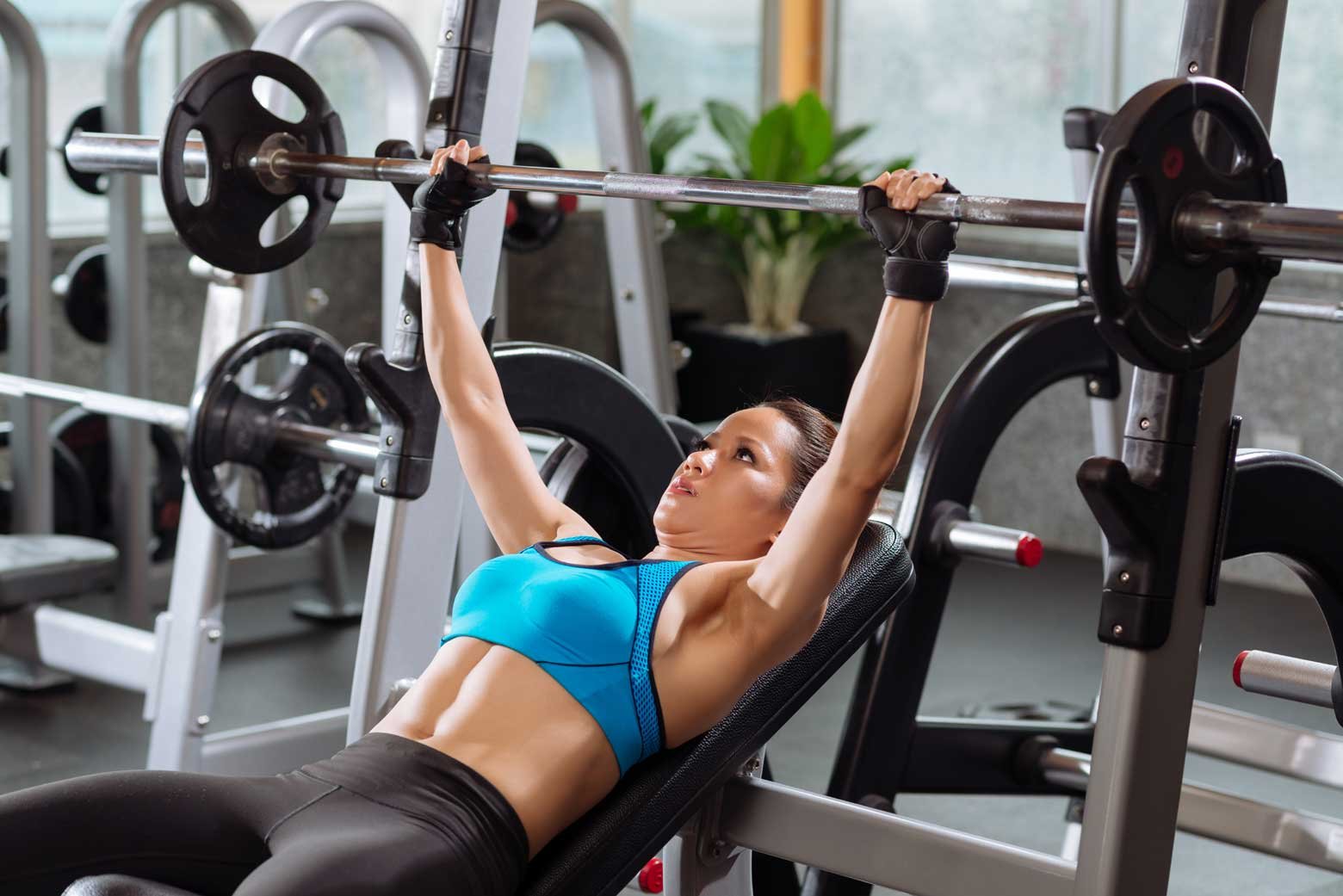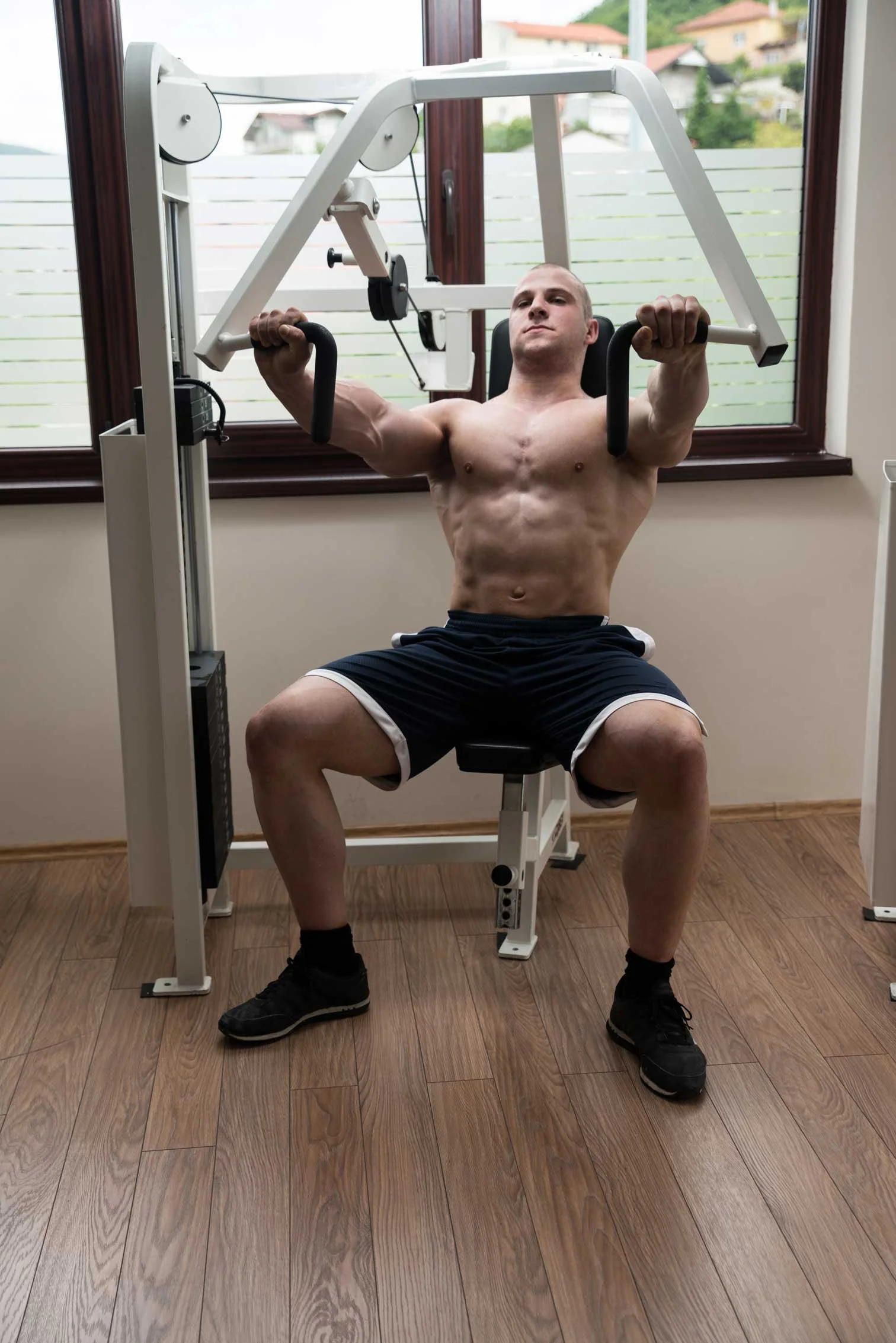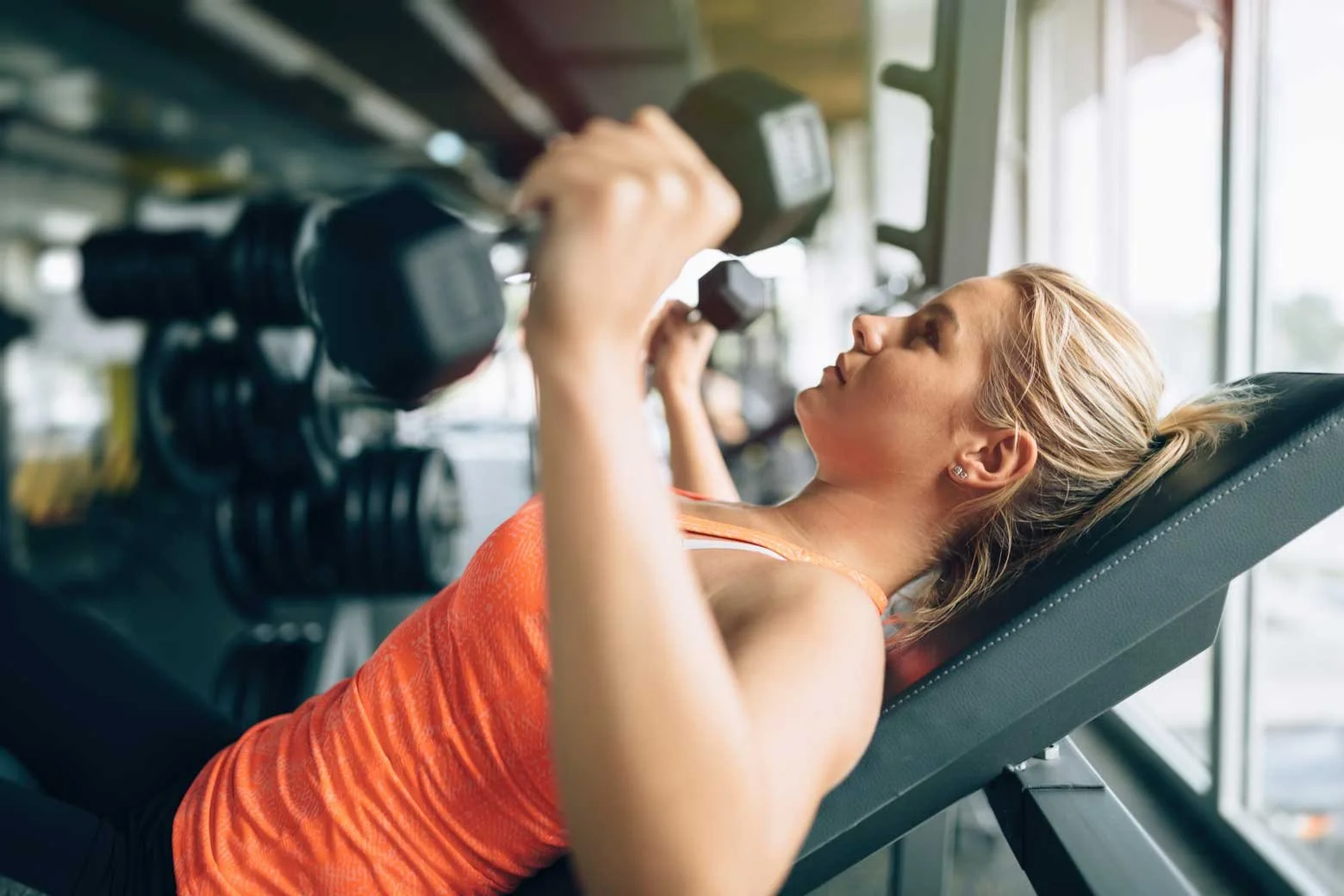The Chest Press: Muscles Worked, Benefits, and Free Weights vs. Machine
The chest press is a cornerstone upper-body strength exercise, essential for developing the chest, shoulders, and triceps. Whether using free weights or a machine, this movement supports muscle growth, functional strength, and injury prevention.
Muscles Worked During the Chest Press
The chest press primarily targets the pectoralis major, the large muscle in the chest responsible for pushing movements. Supporting muscle groups include:
Pectoralis Major - Prime mover for pushing
Triceps Brachii (back of the upper arms): Assist in elbow extension during the press.
Anterior Deltoids (front of the shoulders): Supports arm lifting and control
Serratus Anterior (muscles along the side of the rib cage): Aid in stabilizing the shoulder blades during the press.
Core Stabilizers: Help maintain posture during pressing (especially with free weights)
What the Chest Press Strengthens
The chest press builds upper-body pushing strength and develops muscular size and endurance in the chest, shoulders, and arms. It supports posture, athletic performance, and everyday functional tasks like pushing doors or lifting objects.
Weaknesses the Chest Press Can Address
Underdeveloped chest muscles
Weak triceps or shoulder stability
Muscle imbalances from over-pulling
Poor upper-body pushing mechanics
Free Weights vs. Machine Chest Press
| Feature | Free Weights | Machine Press |
|---|---|---|
| Stabilizer Engagement | High – engages core and supporting muscles | Low – guided motion reduces stabilization |
| Range of Motion | Greater – more natural arm movement | Fixed – follows preset machine path |
| Muscle Isolation | Less isolation – more full-body activation | Greater isolation of chest and triceps |
| Injury Risk | Higher if form is poor | Lower – machine reduces movement error |
A chest press machine provides guided resistance, making it ideal for isolating chest muscles and supporting safe strength training.
Free weights are excellent for developing functional strength, coordination, and muscle symmetry. They require more control and core activation, making them more challenging but potentially more effective for experienced lifters.
Machines, on the other hand, are beneficial for beginners, those rehabbing injuries, or anyone wanting to isolate the chest muscles without worrying about balance. They also allow you to lift heavier loads more safely since the movement is guided.
How Grip, Angle, and Equipment Change Chest Press Activation
While both free weights and machines offer unique benefits, the way you perform a chest press—including your grip, angle, and equipment choice—can dramatically influence which muscles are emphasized. Small adjustments in hand position or bench angle can shift the focus from the central chest to the upper chest, triceps, or even shoulder stabilizers. Below are the most common chest press variations and how each one affects muscle activation:
1. Standard Chest Press (Moderate Grip, Flat Bench)
Mainly activates:
Pectoralis major (central focus)
Triceps brachii (elbow extension)
Anterior deltoids (shoulder movement)
Stabilizers: Core and scapular muscles, especially with free weights.
This version gives you the most balanced activation across the key pushing muscles.
2. Narrow (Close) Grip Chest Press
Shifts focus more toward the triceps.
Less emphasis on outer pecs.
Can also slightly increase anterior deltoid activation.
Useful if your goal is to develop arm strength or triceps size.
3. Wide Grip Chest Press
Increases pectoral involvement, especially the outer portion of the pecs.
Reduces triceps contribution.
May put more strain on the shoulder joints if overdone or performed with poor form.
Incline dumbbell chest presses emphasize the upper portion of the chest and improve shoulder engagement while allowing for a full range of motion.
4. Incline vs. Decline Press Angles
Incline chest press: Targets the upper chest and shoulders more.
Decline chest press: Shifts focus to the lower chest and reduces deltoid activation.
5. Dumbbells vs. Barbell vs. Machine
Dumbbells: Allow more freedom of motion; can target stabilizers more effectively and highlight muscular imbalances.
Barbell: Allows heavier loads; less stabilizer activation compared to dumbbells.
Machine: Isolates main movers (pecs and triceps) but minimizes stabilizer involvement.
Bottom Line
Yes, a basic chest press activates all the main pushing muscles, but:
Grip width and hand position significantly shift the emphasis.
Equipment choice (dumbbell, barbell, machine) also affects which muscles are most engaged.
To get balanced development, it's ideal to vary grip, angle, and equipment over time.
Conclusion
The chest press is a powerhouse movement that builds upper body strength, enhances muscle mass, and can correct common muscular weaknesses. Both free weight and machine variations have their place in a balanced program. The key is to align your choice with your experience level, goals, and any physical limitations. Whether you’re an athlete aiming to boost power or a beginner working to develop strength, the chest press deserves a spot in your workout regimen.



